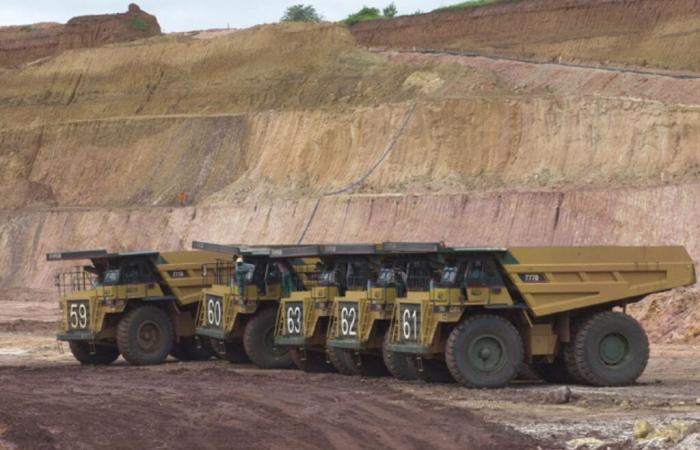The African country Ethiopia has just dusted off its history in gold mining with the opening of a new gold mine.
Indeed, the inauguration of the Segele gold mine, the first industrial exploitation since 1994, is a significant event given the long period of youth of the country.
The inauguration was made on Wednesday, November 20, 2024 under the gaze of Prime Minister Abiy Ahmed.
Many could see this as the renaissance of Ethiopia’s gold sector, long dominated by artisanal mining.
The project, led by the Norwegian company Akobo Minerals, represents much more than simple mining.
With resources estimated at 68,000 ounces of gold and the potential for additional discoveries, this initiative symbolizes the profound transformation of the Ethiopian mining landscape.
The country, which contains more than 500 tonnes of gold according to government estimates, is finally beginning to rationally exploit its underground wealth.
This major development is a direct result of the economic reforms undertaken since 2019.
The reduction in the tax rate for mining companies from 35% to 25% illustrates Addis Ababa’s desire to attract foreign investment.
This strategy is already bearing fruit with the arrival of major players like KEFI and Allied Gold, which are planning considerable investments to develop the Tulu Kapi and Kurmuk mines respectively, which are expected to be commissioned in 2026.
The economic impact of this modernization of the gold sector promises to be significant.
While gold already represented 5.3% of Ethiopia’s export revenues in 2022-2023, the entry into production of these new mines should substantially increase this contribution.
The projections are particularly promising, with expected annual production of 135,000 ounces for Tulu Kapi and 240,000 ounces for Kurmuk.






